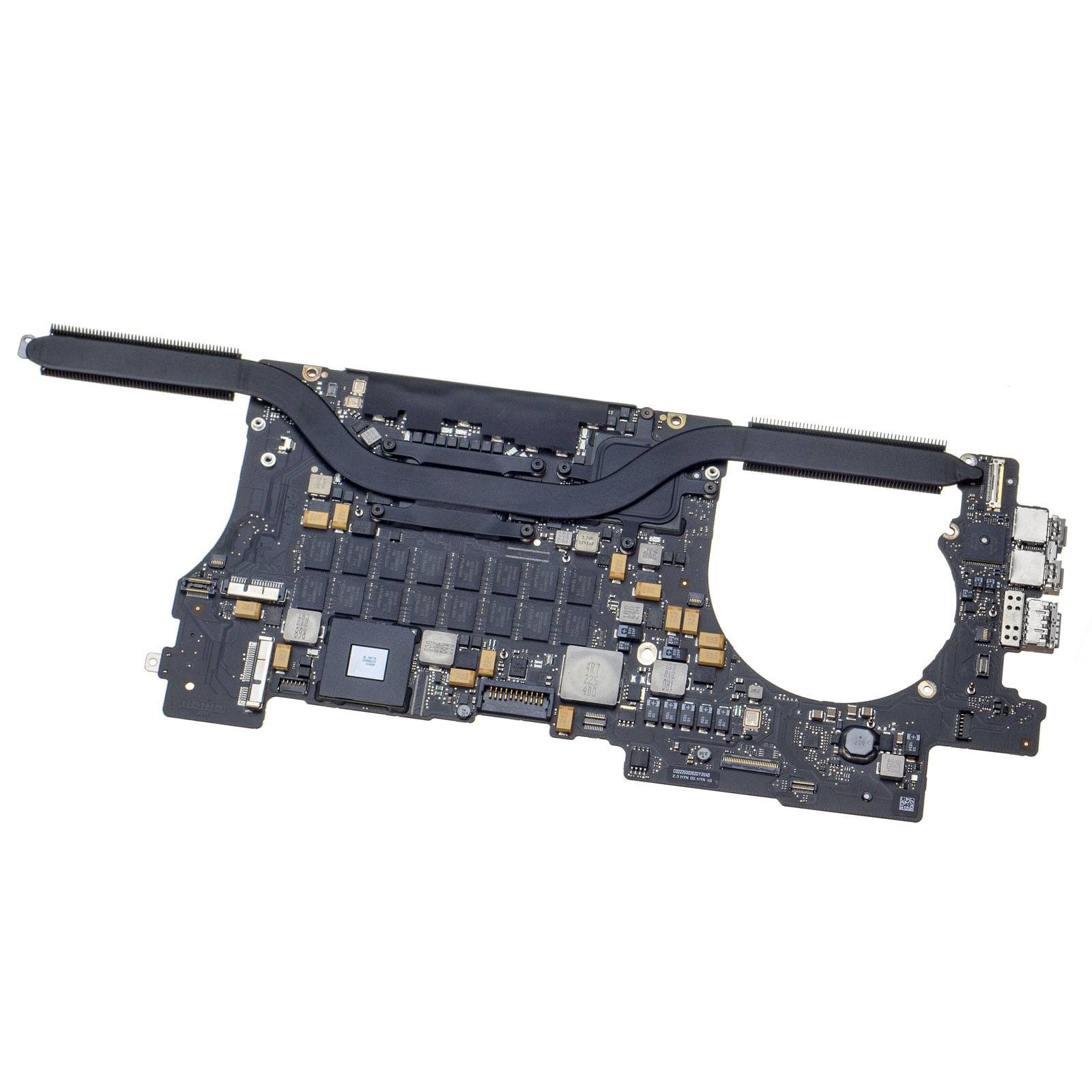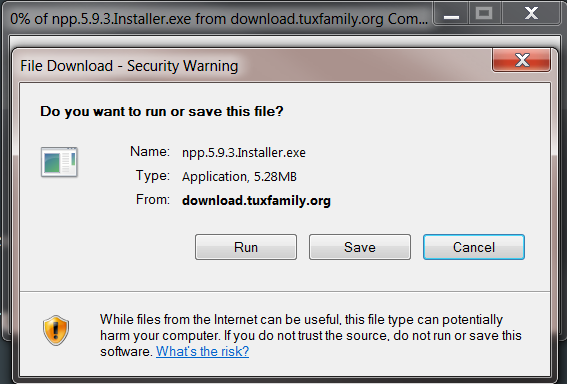
- CISCO ANYCONNECT FOR MACBOOK PRO MOJAVE FOR MAC
- CISCO ANYCONNECT FOR MACBOOK PRO MOJAVE UPDATE
- CISCO ANYCONNECT FOR MACBOOK PRO MOJAVE CODE
Here I've encoded it using base32 and stored it securely. Here, the TOTP_SECRET is not the 6 digit code, but rather the long secret key which the app will use to generate these codes.
CISCO ANYCONNECT FOR MACBOOK PRO MOJAVE CODE
For a typical totp code (like you'd use with google authenticator on your phone), you'd add the following: Hi open connect CLI supports two options, token-secret and token-mode which will let you enter a second password assuming it's based around a common method of 2FA. I guess you could run 2 openconnect in parallel, one for a VPN and the other open to replace the Cisco An圜onnect. So I've stopped using Cisco Anyconnect and replace it with openconnect. Cisco An圜onnect takes over the routing table and it's not allowing you to modify the routes even if I was manually adding a route it was not actually reflecting in the routing table. route which was messing up other custom routes I had.

Using Cisco Anyconnect, I always got a 10. By that I mean that I switched from An圜onnect to OpenConnect.

I was saying that I've solved the routing issues generated by Cisco An圜onnect. I'm not running An圜onnect and OpenConnect in parallel. Hi, can you please share how you resolved to routing problem? This is something I'm struggling with, trying to have both An圜onnect and openconnect, connected to 2 different VPNs. Route problem solved (Cisco was not allowing me to override some routes that I needed). It's working on MacOS Catalina even with Cisco An圜onnect installed. I was forced to reboot to fix it so I could reconnect to the VPN. I had an incident after an unclean VPN exit where later the VPN hostname could not be found. To disconnect, just Ctrl-c in the window where you started the VPN connection. The only thing you should be prompted for is your VPN password. pem file somewhere on your hard drive (I put it in ~/.ssh/.pemĬonnect! sudo openconnect -user= -cafile= Search the "System Roots" keychain to find your root certificate and select itįile > Export Items. visit your SSL VPN in Chrome, click the green lock, click "Certificate Information") trusted by browsers), so we can safely trust it by specifying the CA file after exporting it from Ke圜hain:ĭetermine the name your root certificate (i.e. The self-signed cert is actually the root certficate and (hopefully) is one with implicit trust (i.e. (Optional) When connecting to your SSL VPN, openconnect may complain about a "self-signed certificate" being in the chain and force you to explicitly accept it every time.

sudo visudo -f /etc/sudoersĪnd added this line: %admin ALL=(ALL) NOPASSWD: /usr/local/bin/openconnect So, I added password-less sudo ability for the openconnect command. (Optional) Running openconnect requires sudo, presumably because it affects resolution of DNS.
CISCO ANYCONNECT FOR MACBOOK PRO MOJAVE UPDATE
OpenConnect can be installed via homebrew: brew update And by "conflicts", I mean it causes a grey-screen-of-death kernel panic anytime you connect to the VPN and Pow is installed.Īs an alternative, there is OpenConnect, a command-line client for Cisco's An圜onnect SSL VPN.
CISCO ANYCONNECT FOR MACBOOK PRO MOJAVE FOR MAC
Unfortunately, the Cisco An圜onnect client for Mac conflicts with Pow.


 0 kommentar(er)
0 kommentar(er)
